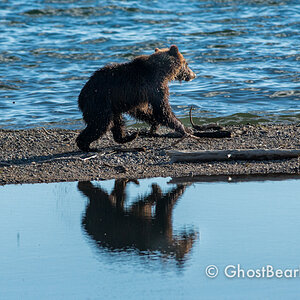Navigation
Install the app
How to install the app on iOS
Follow along with the video below to see how to install our site as a web app on your home screen.

Note: This feature currently requires accessing the site using the built-in Safari browser.
More options
You are using an out of date browser. It may not display this or other websites correctly.
You should upgrade or use an alternative browser.
You should upgrade or use an alternative browser.
Sky colours?
- Thread starter Hair Bear
- Start date
- Joined
- Dec 16, 2003
- Messages
- 33,896
- Reaction score
- 1,853
- Location
- Edmonton
- Website
- www.mikehodson.ca
- Can others edit my Photos
- Photos NOT OK to edit
Can you show us some examples?
Shutter speed or aperture won't affect how the sky looks...on their own. But if you change the exposure (combination of aperture, shutter speed and ISO) then that will definitely change how the sky looks.
Shutter speed or aperture won't affect how the sky looks...on their own. But if you change the exposure (combination of aperture, shutter speed and ISO) then that will definitely change how the sky looks.
C
Cuervo79
Guest
also if you've got a digital the automatic white balance may change the colors.
- Joined
- Feb 1, 2004
- Messages
- 34,813
- Reaction score
- 822
- Location
- Lower Saxony, Germany
- Can others edit my Photos
- Photos NOT OK to edit
The sky does change with the angle you look at it. Even on a clear day with a cloudless sky, it will always look whiter and milkier the further down towards the horizon you look/point your camera, and always the bluest, the higher up you look/point your camera. And to me it always seems as if the camera sees the whiter bits even clearer than my eyes do, since my brain seems to add some blue to it from my memory...
Other than that you can take influence on the sky colour yourself by exposure. Ever since I have lost my polarizer somewhere where it was impossible to find it again (maybe some future archaeologists will, but I didn't :cry: ), I have tried to enhance the blue by deliberately underexposing ... if I, however, expose only a 0.3 stop differently, the sky will look different. So yes, both speed and aperture may give you different results in so far as they can both lead to "normal exposure" (which I take as overexposure in my camera's default settings, mind), or over and underexposure.
The white balance your camera is set to may have an influence in the way your sky looks, of course, though as long as it is set to "automatic", the camera should choose "daylight" for its white balance all by itself.
Show us some examples, will you? Those might make answering your question a lot easier.
Other than that you can take influence on the sky colour yourself by exposure. Ever since I have lost my polarizer somewhere where it was impossible to find it again (maybe some future archaeologists will, but I didn't :cry: ), I have tried to enhance the blue by deliberately underexposing ... if I, however, expose only a 0.3 stop differently, the sky will look different. So yes, both speed and aperture may give you different results in so far as they can both lead to "normal exposure" (which I take as overexposure in my camera's default settings, mind), or over and underexposure.
The white balance your camera is set to may have an influence in the way your sky looks, of course, though as long as it is set to "automatic", the camera should choose "daylight" for its white balance all by itself.
Show us some examples, will you? Those might make answering your question a lot easier.
Philip Weir
TPF Noob!
"LaFoto" is exactly right, even shooting the same shot from the same position at the same time at the same exposure on different days will give you a different colour sky. There are so many factors that come into it.
**We spell color COLOUR over here.
**We spell color COLOUR over here.
xfloggingkylex
TPF Noob!
- Joined
- May 5, 2006
- Messages
- 1,292
- Reaction score
- 1
- Location
- Frederick, MD
- Can others edit my Photos
- Photos OK to edit
the two examples above have to do with metering. The lighter picture is metered for a darker exposure, whereas the top picture the metering seems to have been affected by the sun glare on the sign. At least thats how it looks.
fmw
No longer a newbie, moving up!
Also note that the sky normally changes color throughout the day. It is warm (reddish) in the morning, cools as the sun gets higher in the sky and then warms again (reddish) in late afternoon through dusk.
We can make adjustments to the color temperature of the sky by using warming or cooling filters. If you want high noon sky color in the late afternoon you would use a bluish filter to compensate. If you want late afternoon sky color at high noon, a reddish or pinkish filter would do the trick.
We can make adjustments to the color temperature of the sky by using warming or cooling filters. If you want high noon sky color in the late afternoon you would use a bluish filter to compensate. If you want late afternoon sky color at high noon, a reddish or pinkish filter would do the trick.
Similar threads
- Replies
- 16
- Views
- 1K
- Replies
- 8
- Views
- 239
- Replies
- 3
- Views
- 180



![[No title]](/data/xfmg/thumbnail/34/34142-948c6bafdf60862125009004d5a06e46.jpg?1619736315)

![[No title]](/data/xfmg/thumbnail/34/34140-74799834a513b0cbf28dfda9aeae291b.jpg?1619736312)
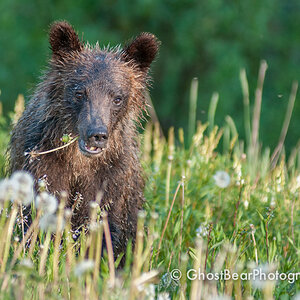
![[No title]](/data/xfmg/thumbnail/38/38739-1ad36a46750bafbe805f009b4453e8be.jpg?1619738703)
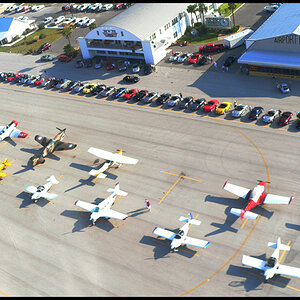
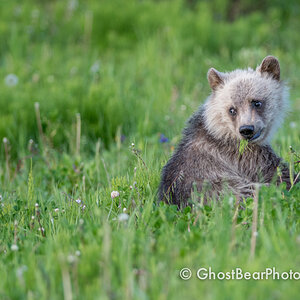
![[No title]](/data/xfmg/thumbnail/38/38738-7933157d1b8968c986eeeab2d1828524.jpg?1619738703)
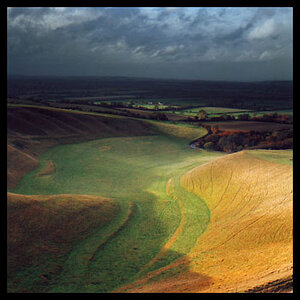

![[No title]](/data/xfmg/thumbnail/33/33490-cbbf9df0a1c31291ee7a3759afe943cc.jpg?1619736003)
